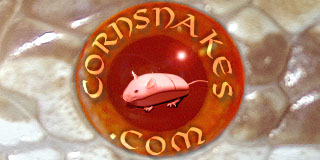tricksterpup
I has nuttin to Say.
Wow.. amazing critters.. i love the Canebrake. wow, those are amazing colors.
:-offtopic
If i had my way, i would love to have a Crotalus horridus the MN morph of the Timber Rattler.
These guys are protected though but a buddy of mine has some. He is one of the few people i know of that has these legally.
Here is one of his snakes.

Jim, when i came across that timber rattler a few years back it was a lot darker in color and seemed to have some shades of dark green?
(if i remembered correctly.. i was pretty excited at the time, first live wild snake i had ever seen.) do timber's up here tend to vary in color?
